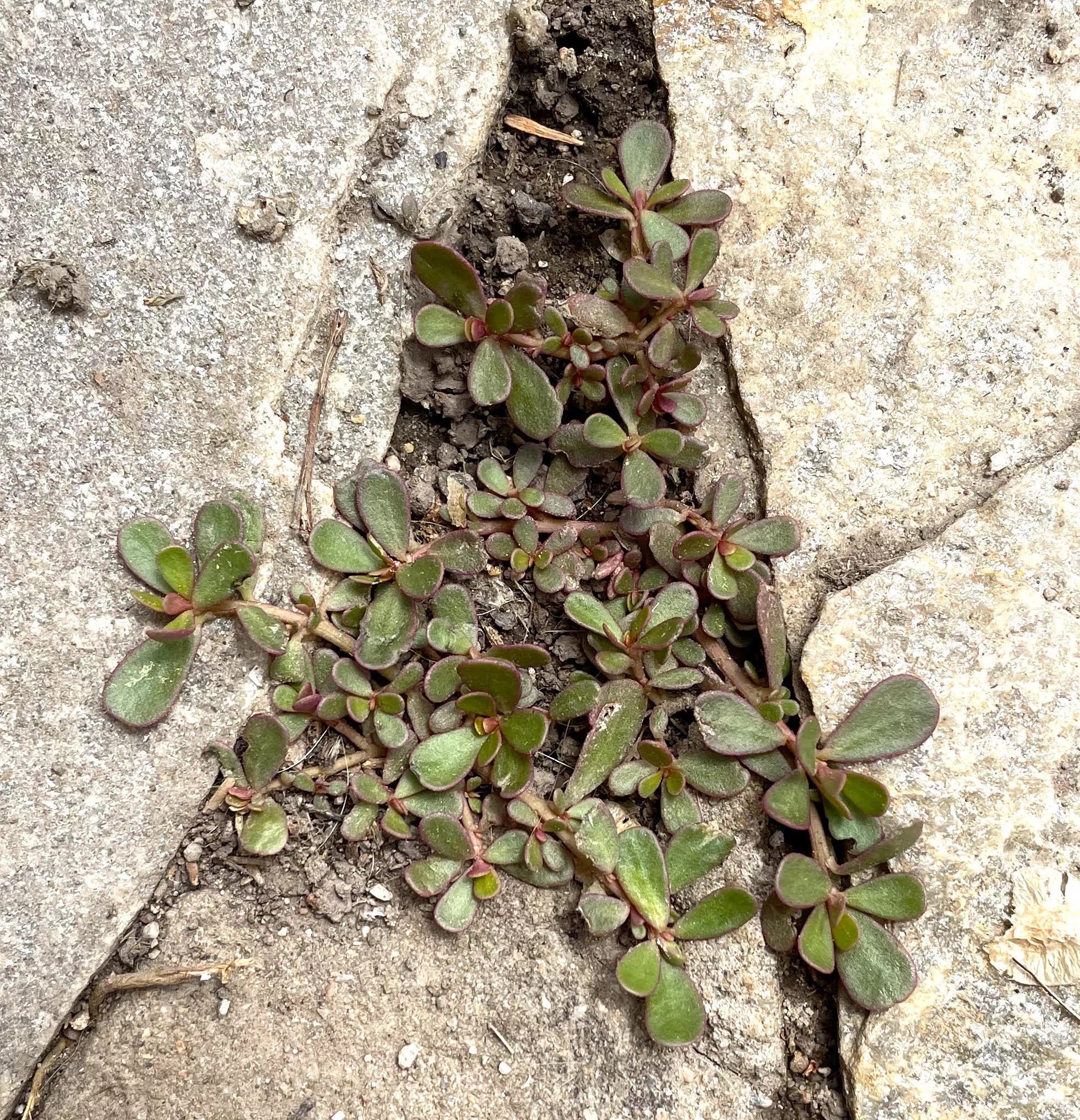
Anna Marija Helt

Audio By Carbonatix
Whether sprouting up through a sidewalk crack in the city or growing along a shady mountain stream, wild foods (including mushrooms) abound in Colorado in the summer. Learning your local wild foods is an empowering way to connect with the natural world, and there are many wild foods books and websites that provide recipes for experimenting with them.
Use two or more guidebooks to familiarize yourself with what grows in the area, including toxic plants. Combine those with books focused on edible wild plants, such as Foraging the Mountain West, by Thomas Elpel and Kris Reed, and The Wild Wisdom of Weeds, by Katrina Blair. Go on wild food forays led by experts and consider joining the Colorado Native Plant Society, which has a metro Denver chapter.
Many poisonous plants also grow in the state, so proper identification is key before sticking any plant in your mouth. The photos and descriptions here are a jumping-off point for further exploration and learning, though they aren’t sufficient for making a positive ID when foraging.
Purslane (Portulaca oleracea – pictured above)
An introduced plant, purslane grows vigorously in gardens, lawns, through sidewalk cracks, in vacant lots and in other open areas. The stems and leaves of this creeping succulent are green and purplish and are edible raw or tossed into soup.
We’re thankful for you. Are you thankful for us?
We feel thankful for our staff and for the privilege of fulfilling our mission to be an unparalleled source of information and insight in Denver. We’re aiming to raise $50,000 by December 31, so we can continue covering what matters most to this community.
Help us continue giving back to Denver.
The World Health Organization recognizes purslane as one of the world’s most heavily used medicinal plants, and its chemistry reflects this, with appreciable levels of dopamine and melatonin, high levels of the omega-3 fatty acid ALA, and a wealth of vitamins and minerals.
Purslane’s tart flavor comes from its oxalate content. Oxalates have a bad reputation but aren’t a problem for most people. However, folks with a history of kidney stones may benefit from a low-oxalate diet. Be aware of the toxic lookalike spurge (Euphorbia), which is not a succulent: Its leaves and stems aren’t thick like those of purslane. Also, spurge releases a white sap when cut, while purslane does not.
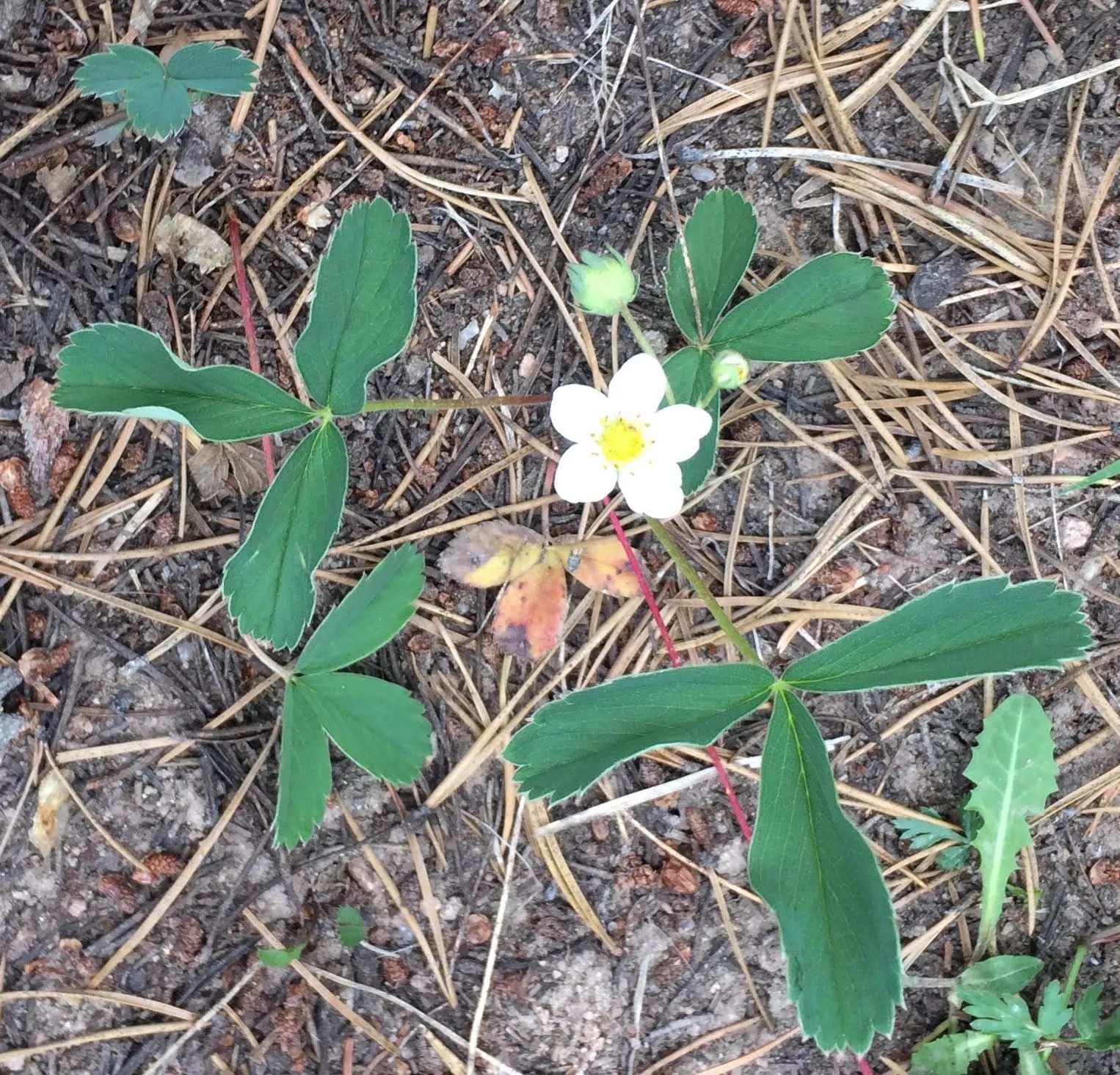
Wild Strawberry.
Anna Marija Helt
Wild Strawberry (Fragaria virginiana)
Used to grocery store strawberries? Get ready for a smaller berry with a bigger flavor. Like the garden plant, wild strawberry is a low-slung plant that spreads via aboveground runners. The blue-green “compound” leaves are composed of three toothy leaflets. Fresh, unwilted leaves are edible and nutritious. Fresh or completely dried leaves (not partially wilted or brown) make a pleasant tea.
The flowers are white with yellow centers and have the five petals typical of wild members of the rose family. Wild strawberry commonly grows along trails, in meadows, on the edges of woods and in open forests in the mountains. Cinquefoil (Potentilla species) are lookalikes but aren’t toxic. Their leaves resemble those of wild strawberry, but they have five or more leaflets rather than three.
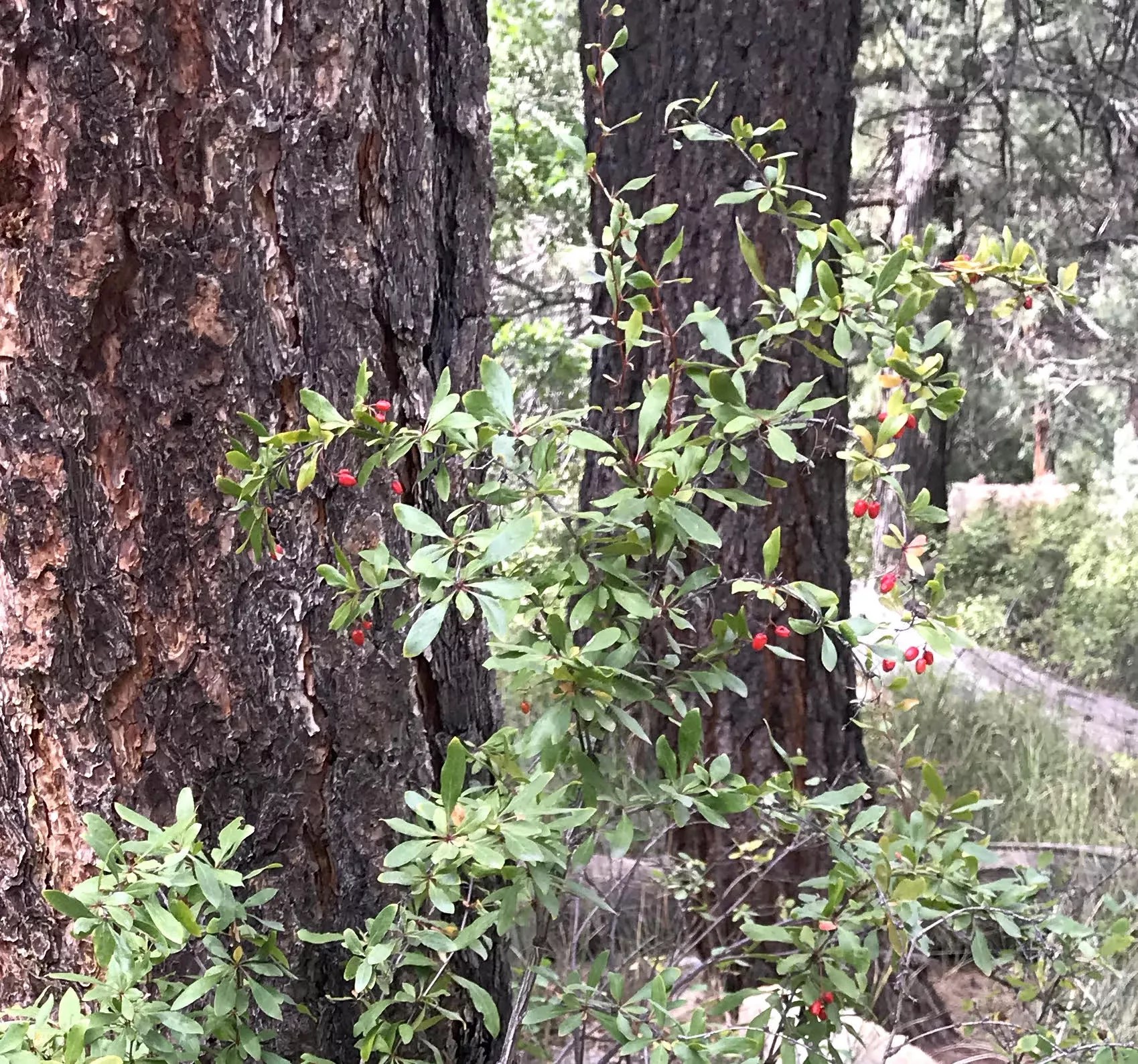
Barberry.
Anna Marija Helt
Barberry (Berberis fendleri)
Barberry is a small native shrub with thin spines and clusters of spoon-shaped leaves along the stems. Hanging clusters of yellow flowers bloom in spring and early summer, developing into edible, bright-red fruits that resemble tiny Roma tomatoes. Rich in vitamin C and other nutrients, the fruits are delicious dried as a snack. Fresh or frozen fruits can be used to make jelly or a syrup for drizzling onto desserts or adding to sparkling water for a wild mocktail.
Barberry typically grows under junipers, ponderosa pines, Douglas firs, and other trees from the foothills to around 9,000 feet. Proper identification is important for avoiding common Colorado plants that produce toxic red berries.
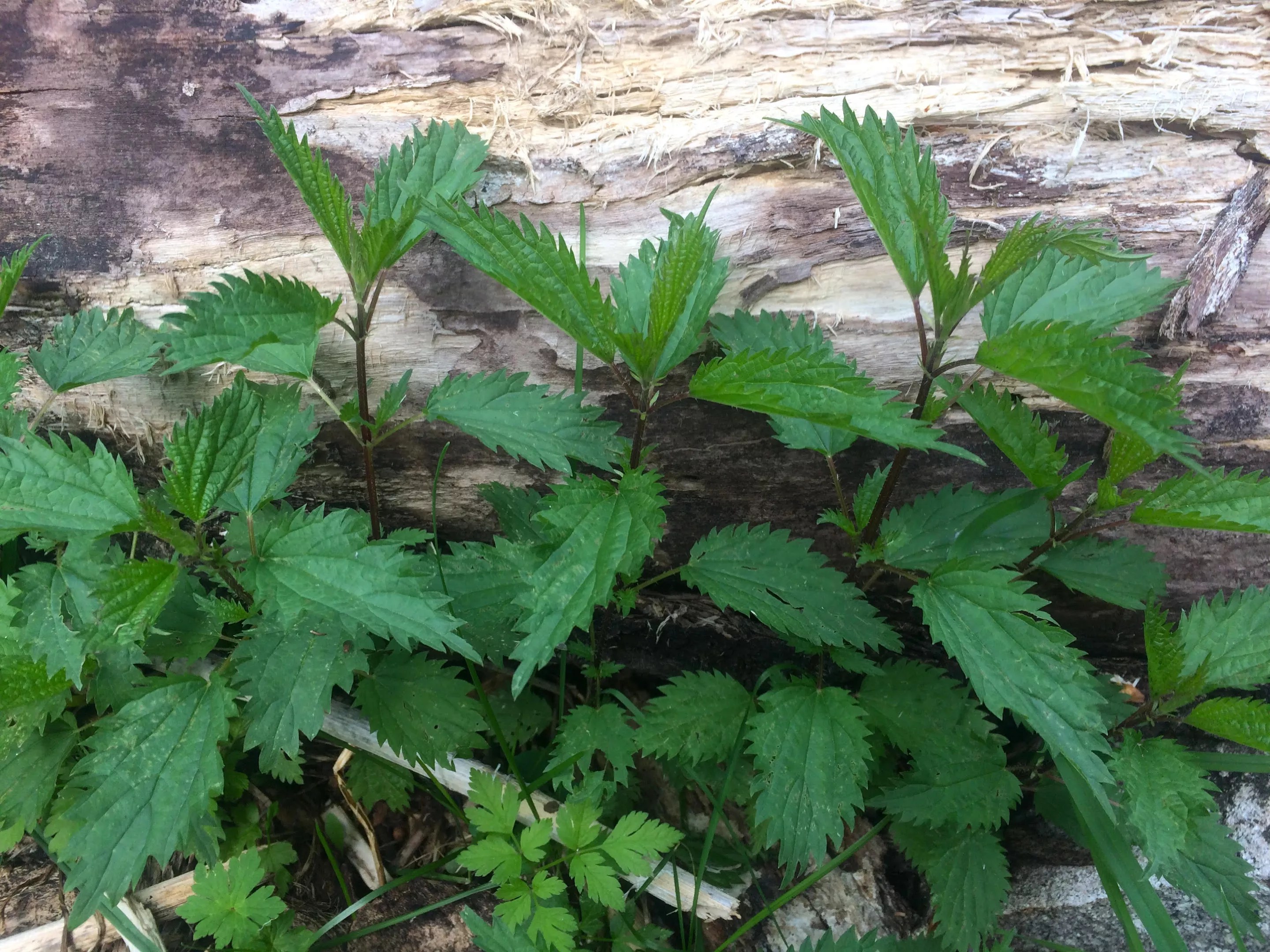
Stinging nettle.
Anna Marija Helt
Stinging Nettle (Urtica dioica)
Nettle leaves beat store-bought greens in the nutrient department. You’ll need gloves for harvesting them, but cooking them will destroy the stingers. The small, young leaves are delicious sautéed, added to soups and stews, blanched and blended with basil in pesto, or steeped for tea.
The strongly serrated leaves range from one inch long when young to five or six inches in older plants. Skip these large leaves. They’re grainy-textured due to their high silica content.
Nettles are native and grow from the foothills into the mountains along streams, in woodlands, in wetlands, along trails and forest roads and in other spots. They’re also easy to grow. Be aware that nettle leaves are diuretic – something to consider if you eat them before going on a walk, ride or drive. With leaves growing opposite one another along the stem, nettles superficially resemble native mints and figwort, but the stinging hairs of nettles are a telltale feature.
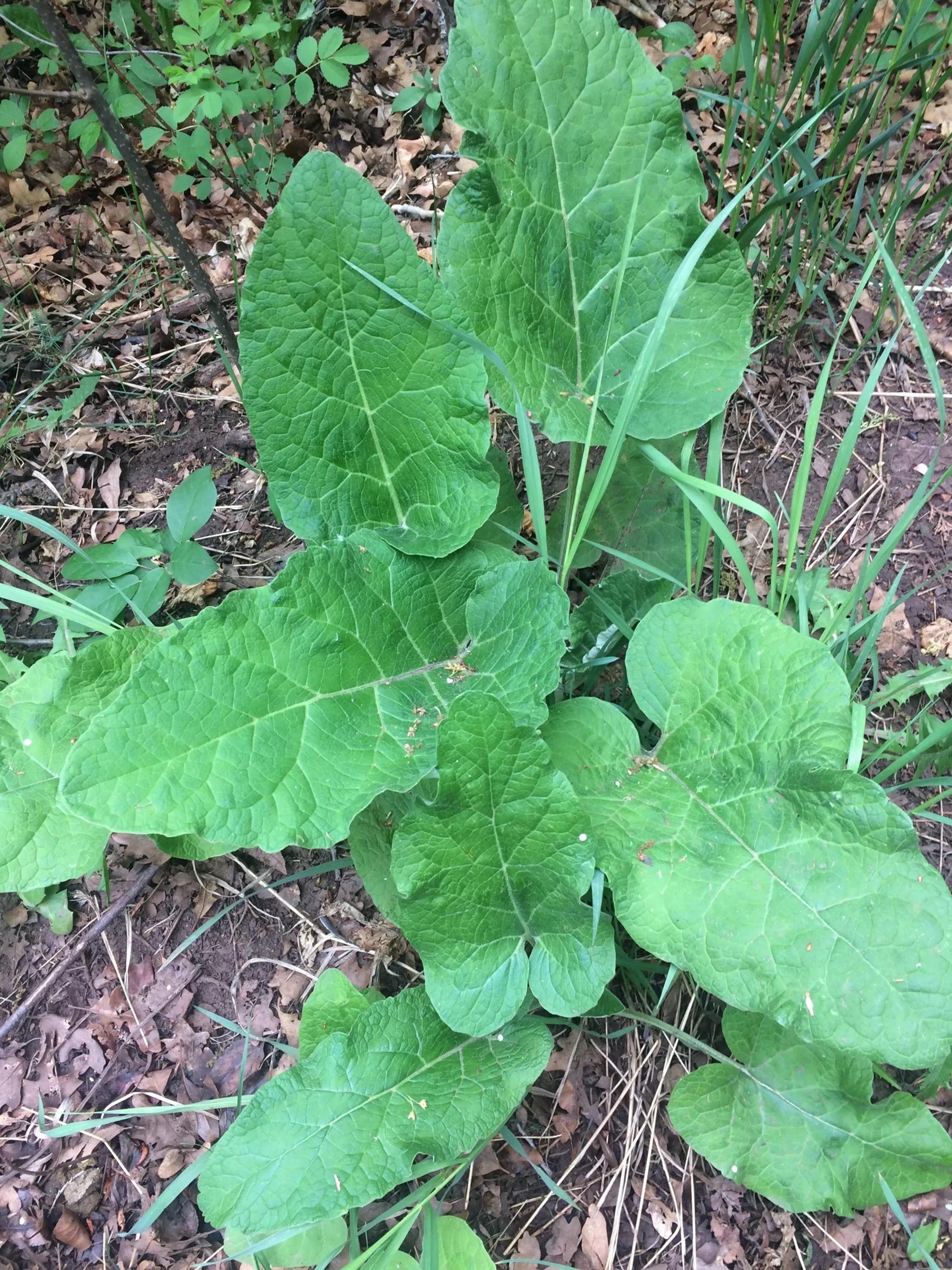
Common burdock.
Anna Marija Helt
Common burdock (Arctium minus)
“Bur” refers to the sticky burs that develop from the purple flowers, and “dock” refers to the broad leaves of this common weed. Burdock grows in partial shade along streams and irrigation ditches, in gardens and in parks. The heart-shaped leaves can reach a foot long by fall.
The young spring leaves are a nutritious bitter green that are good mixed into salads, smoothies and soups. The taproot is antioxidant-rich and provides inulin, a prebiotic that nourishes your gut flora. Harvest the root before the plant sends up its tall flowering stalk. Greater burdock, a close cousin, is popular in Japan, where the root is shredded raw into salads, stir-fried or added to soups.
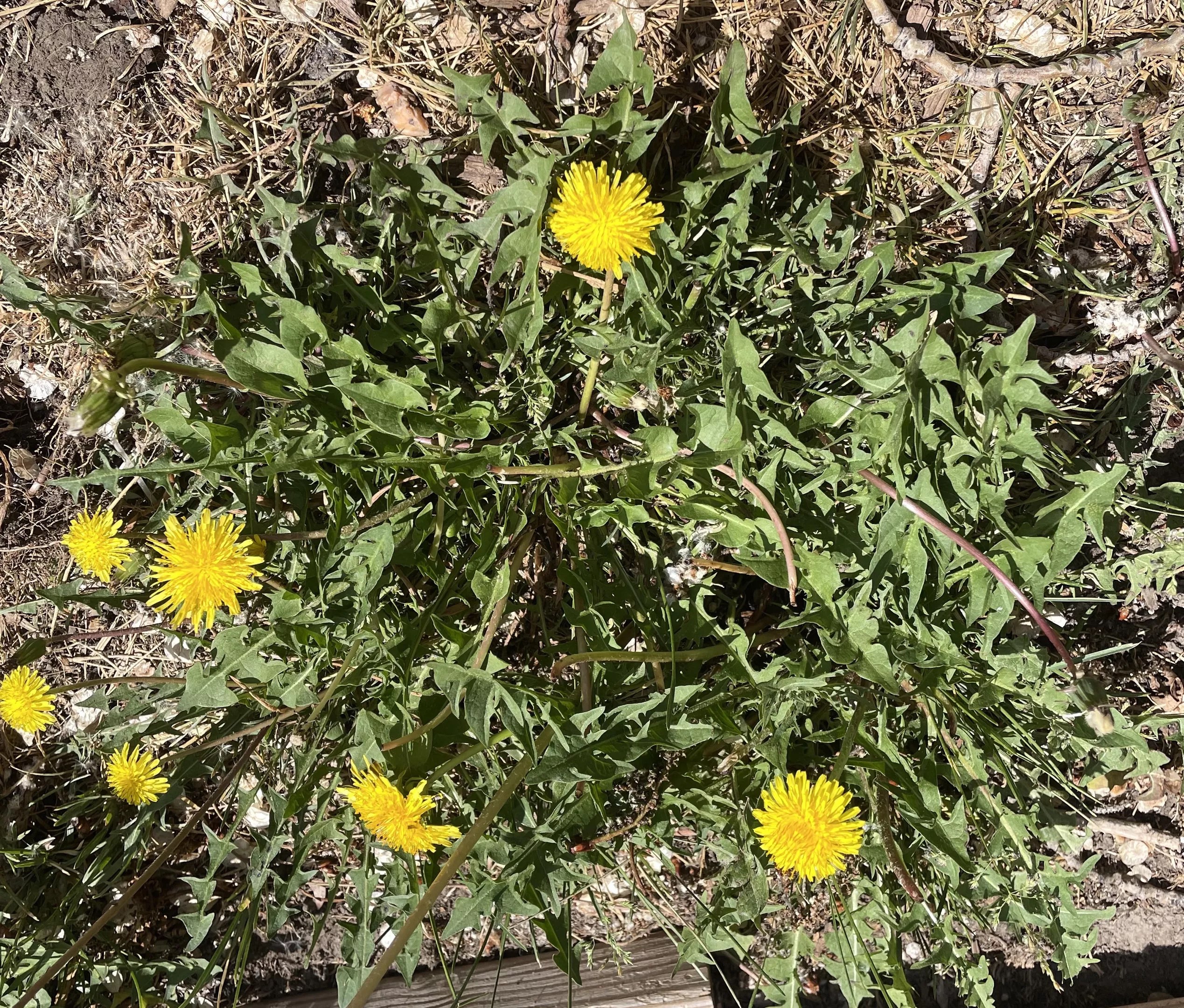
Dandelion
Anna Marija Helt
Dandelion (Taraxacum officinale)
Often persecuted but immensely nutritious, dandelions are at home in the city and among high-elevation plants. The taproot, flowers and leaves of this ubiquitous weed are edible. The dried and roasted root makes a rich, bittersweet tea that some use as a coffee substitute. The leaves are edible raw or cooked.
Like nettle leaves, they’re diuretic. The flowers are rich in the yellow antioxidant lutein, and a not-so-healthy way to enjoy them is to batter and fry them as fritters. Dandelion can be distinguished from lookalikes by its leaves and flower stalks that emerge directly from the root crown in the ground rather than from a stem.
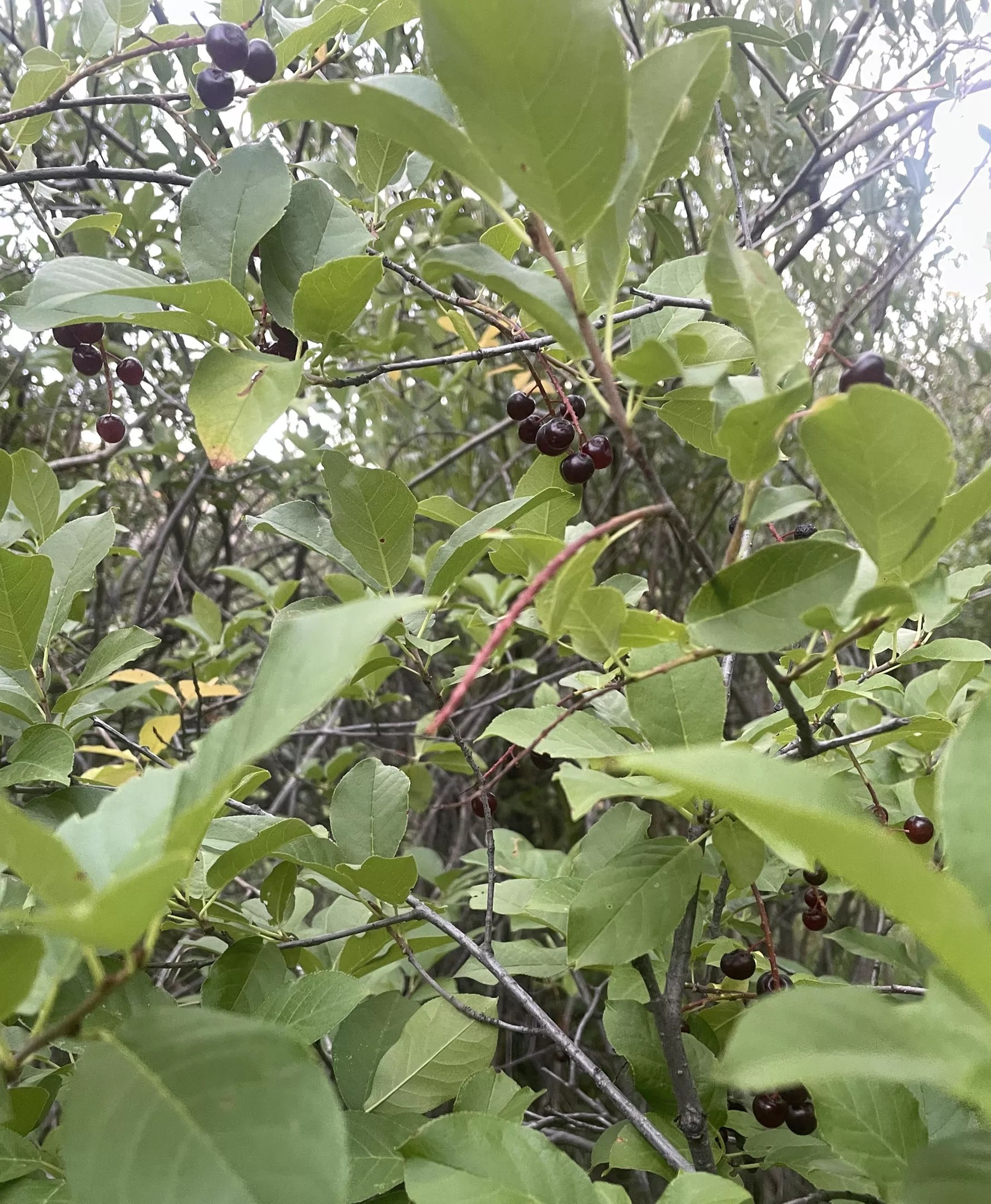
Chokecherry.
Anna Marija Helt
Chokecherry (Prunus virginiana)
Chokecherry trees are in your neighborhood if dark-purple splotches plaster the sidewalk in late summer. This small native tree is called chokecherry because the raw fruits can irritate your throat, a property that goes away upon cooking.
The tree blooms profusely in late spring and early summer, with hanging spikes of small, five-petaled white flowers. These develop into drooping clusters of dark-purple fruits later in summer, with the color reflecting their high level of antioxidant pigments.
Chokecherries are delicious brewed as tea, made into jelly or syrup or used to fill pies or tarts. (Don’t forget to remove the “pit” first.) Chokecherry trees grow from the foothills to around 9,500 feet. Don’t confuse them with buckthorns, thorny shrubs that also produce dark fruits. Unlike chokecherries, buckthorn fruits have multiple seeds and are cathartic (extremely laxative).
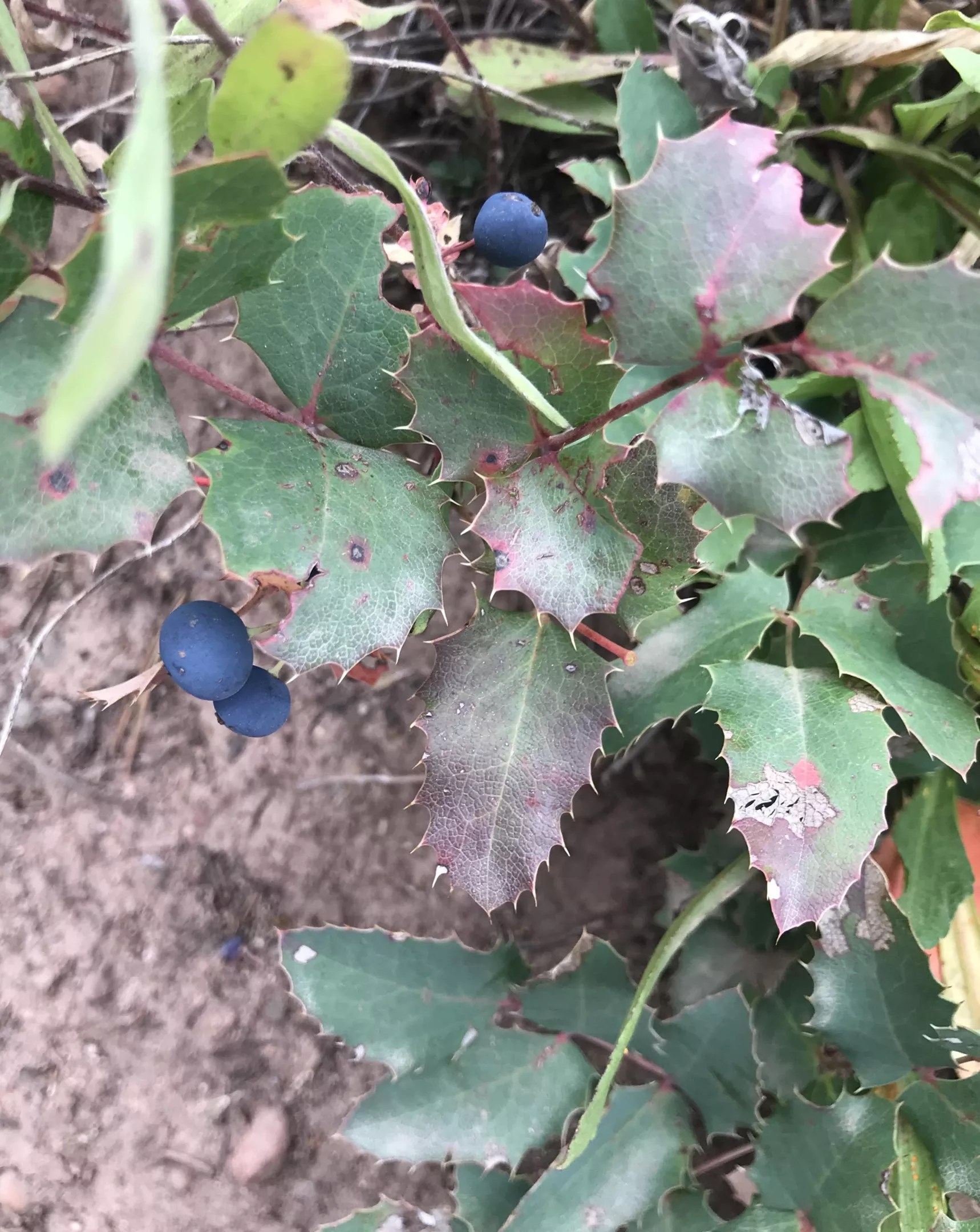
Oregon grape.
Anna Marija Helt
Oregon grape (Mahonia repens)
The prickly leaves of this native, creeping plant resemble those of holly. The small yellow flowers are intensely sweet-scented and develop into small blue fruits that resemble miniature Concord grapes. This is a very common plant in the pinyon-juniper belt and in ponderosa-Douglas fir forests. You’ll most often see it growing on rocky slopes, and it’s common along trails.
The tart fruits make a delicious, dark-purple jelly, syrup or pastry stuffing after the seeds are removed. They, like the other fruits featured here, make a tasty wild-berry wine in the hands of adventurous folks who like to ferment.
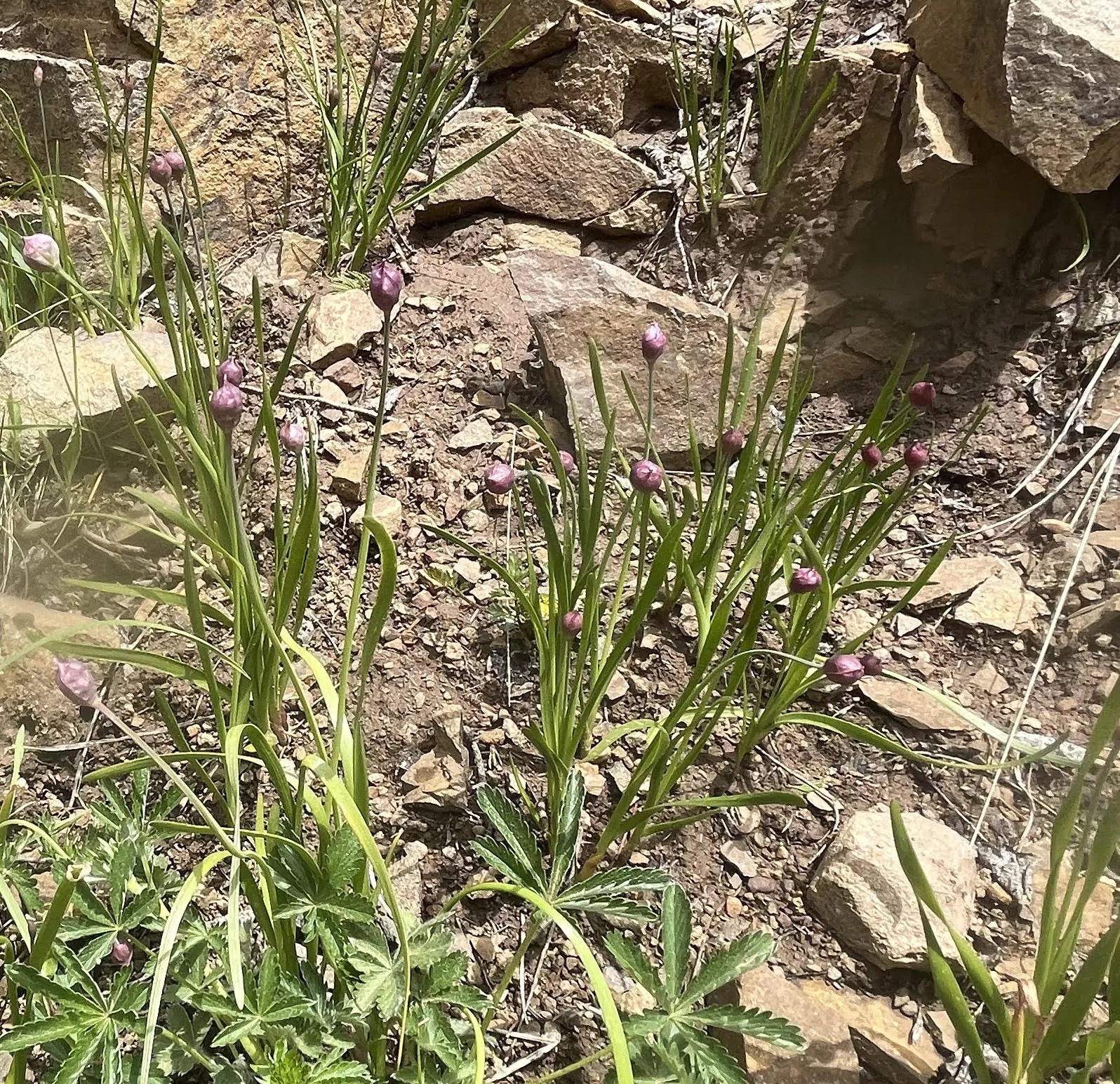
Geyer’s onion.
Anna Marija Helt
Wild onion (Allium species)
Multiple types of wild onion grow in Colorado, including the Geyer’s onion pictured above. Depending on the species, they grow from semi-desert areas to the foothills to alpine habitats. Wild onions have narrow, grass-like leaves and simple, upright stems topped with white, pink, purple or green flowers.
Use wild onions just like their domesticated cousins, raw or cooked. They pack a lot of punch despite their small size. Healthy for humans, onions of all kinds are toxic for Fido, so don’t let your dog graze on them. Also, the highly toxic plant mountain death camas resembles and often grows right next to wild onions. To avoid a potentially deadly mistake, crush and smell the stem of each plant that you harvest. If they don’t smell strongly oniony, then they aren’t onions.
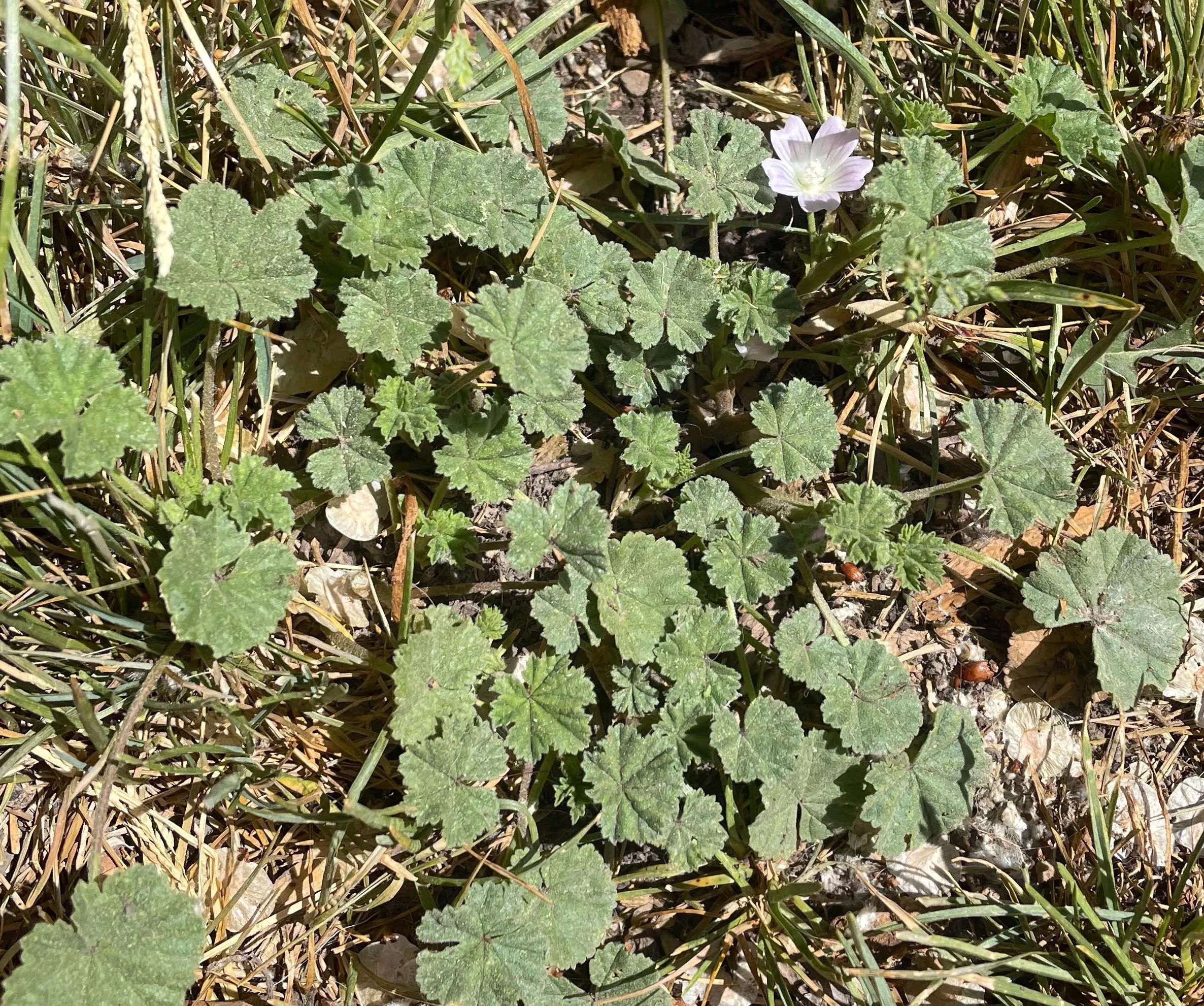
Common mallow.
Anna Marija Helt
Common Mallow (Malva neglecta)
If you have a garden, you’re likely familiar with common mallow. This introduced and drought-tolerant plant is hard to get rid of, but you can always eat it. It favors fields, lawns, gardens, parks, vacant lots and other open areas.
The roundish leaves are nutrient-packed and are a good addition to sandwiches, salads and smoothies. They’re a good pot herb that also thickens soups and stews. The edible fruits are shaped like tiny cheese wheels. (Another name for the plant is cheese weed.) They don’t taste like cheese, but have a nutty flavor and are great straight from the plant or pickled like capers.
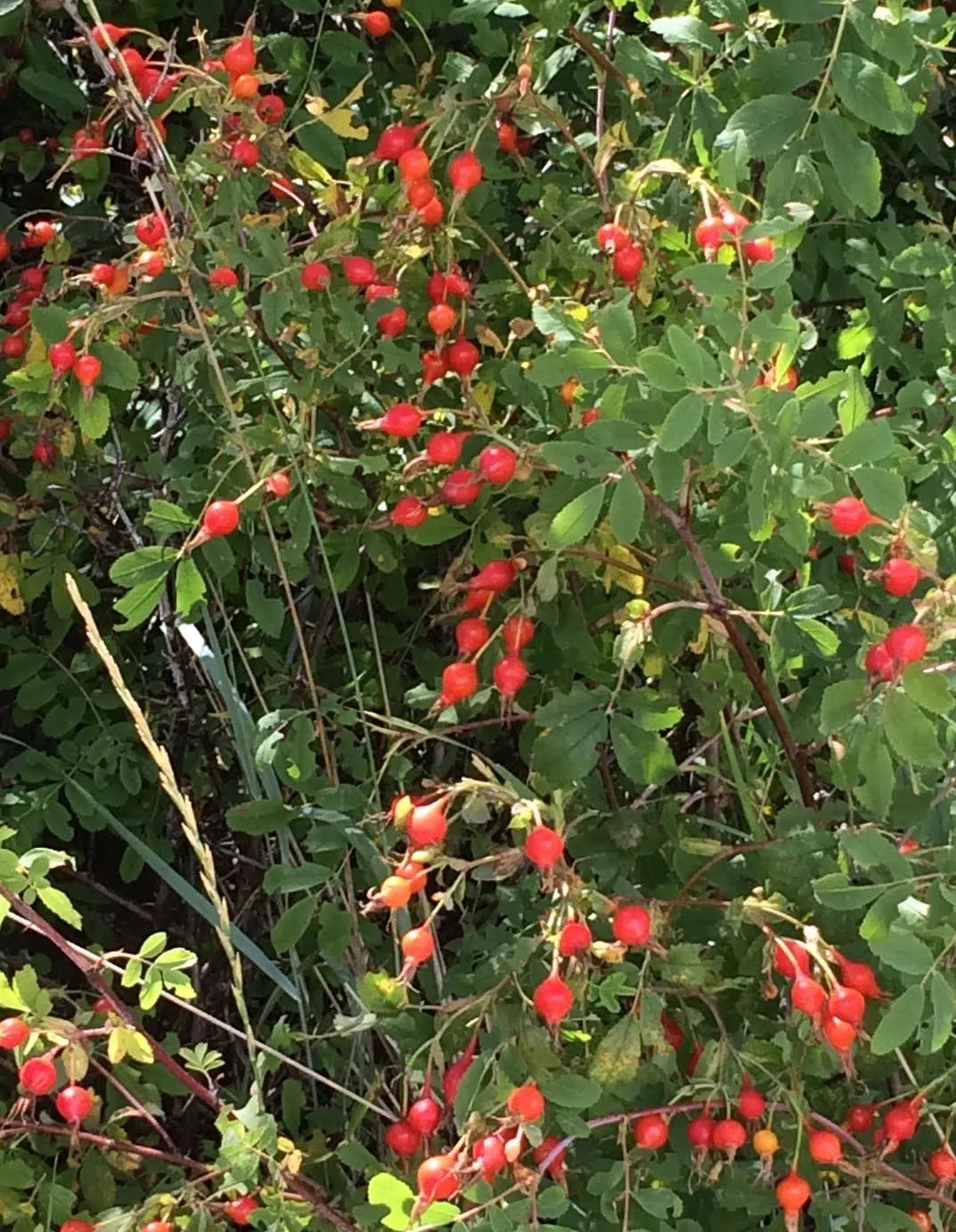
Wild rose.
Anna Marija Helt
Rose hips (Rosa species)
Multiple wild rose species grow in Colorado, and all produce edible fruits called hips that turn bright orange-red to red when ripe. They’re best after a hard freeze, whether the temperature is provided by nature or your freezer.
Rose hips are tasty as tea, but use cotton or other cloth to strain the tea before drinking it: Rose hips contain tiny, irritating hairs. To make a delicious rose hip syrup or jelly, or to use the hips in baking, cut each fruit in half, scoop out the seeds and hairs, and then rinse the hips. Beyond sweet recipes, multiple cultures in North America have long included rose hips – and the other wild fruits featured here – in pemmican, a compact, high-calorie snack or meal made with dried meats.
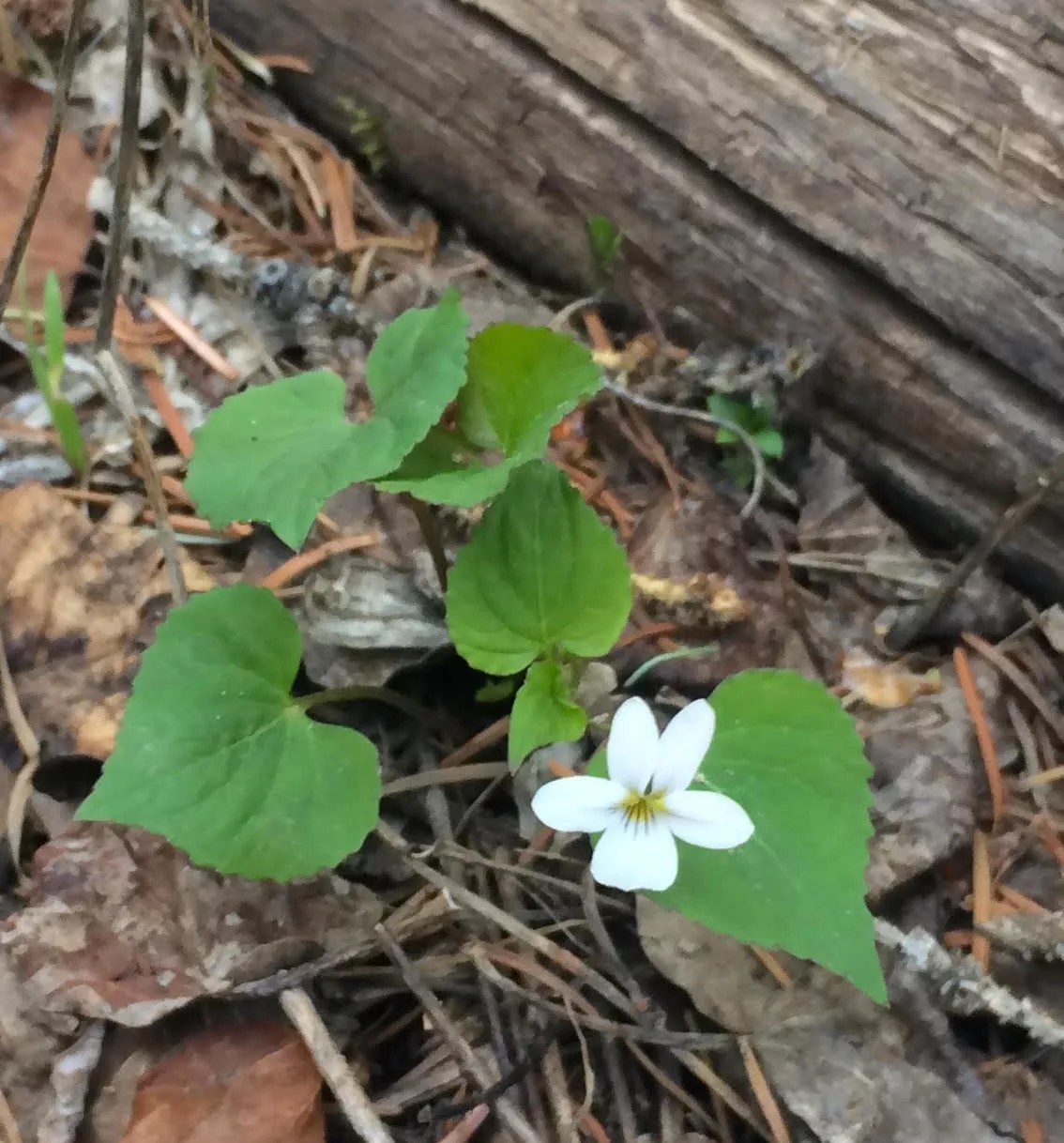
Wild violet.
Anna Marija Helt
Violet (Viola species)
Colorado is home to several violet species. Some, including bog violet and wood violet, have the expected purple flowers. Others do not. Canada violet and Macloskeyi’s violet have white flowers, and yellow violet has, well, yellow flowers. This latter species grows in semi-desert habitats, while the rest grow in moist, shady areas from the foothills high into the mountains.
The heart-shaped leaves are edible and, like mallow, make a good soup or stew thickener. Avoid eating them in mass quantities or you’ll get to experience their laxative effect. The flowers are also edible and make a beautiful garnish for salads, desserts and other dishes. You can use purple violets to make a tasty, light-purple simple syrup for use in mocktails, cocktails and baking. Candied violets, encased in sugar, have been a popular confection for centuries.